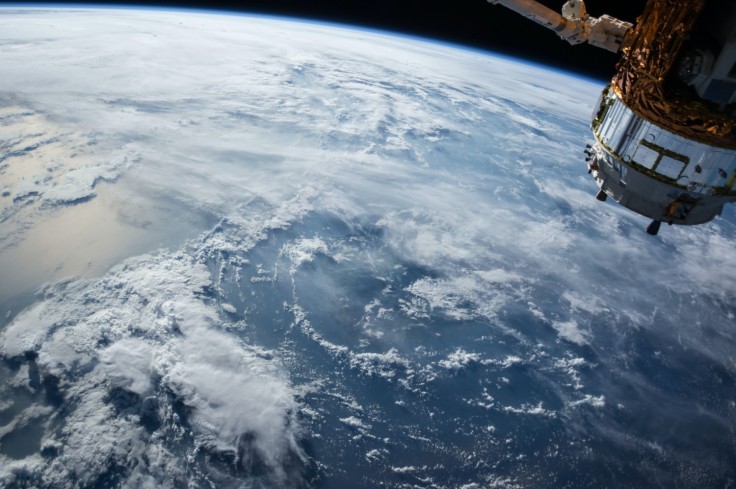
Precision landing without a pilot, when it comes to space exploration, is understandably crucial. There are many places worth studying within our solar system. The catch, however, is most of them have inhospitable environments — some are even downright deadly.
NASA is currently planning to launch crewed and robotic missions to new locations on Mars and the Moon. Being able to avoid landing on dangerous places like a boulder field or a steep slope on a planet helps in making sure a safe touchdown is possible.
To improve landing safety by precision landing without a pilot, NASA is currently developing and extensively testing a host of precise landing and hazard-detection-and-avoidance technologies. By using a high-speed computer, a camera, complicated algorithms, and a combination of laser sensors, a spacecraft will have artificial eyes and the analytical ability to safely assess and locate a safe landing area.
Read also: The Best Android Phones of 2020: Unbeatable Performance and Awesome Features for Every Consumer
In the not-so-distant future, the technologies made and developed under the Safe and Precise Landing - Integrated Capabilities Evolution (SPLICE) project will make it possible for spacecrafts to avoid craters, boulders, and more within landing zones that are half the size of a football field. This is by far, considered to be as relatively safe.
Precision landing without a pilot gets closer to reality with SPLICE's three out of four main subsystems having their first test flight on a Blue Origin New Shepard rocket. Once the rocket's booster goes back to the ground, SPLICE's terrain relative navigation, descent and landing computer, and navigation Doppler liDAR will then start running onboard the said booster. All three will operate similarly once they approach the Moon's surface.
Read also: Thrilling Times Ahead with Nvidia RTX 30XX Graphics Cards Set to Launch; Get Ready Enthusiasts
Precision landing without a pilot: How it happens
Once a site is selected for exploration, a huge factor to consider is if the spacecraft has enough area to safely land. This area is called the landing ellipse. It shows the inexact nature of the legacy landing technology. Fortunately, technology has long since been improved. Consequently, subsequent autonomous landing zones have decreased in size. As an example, the Curiosity rover's landing ellipse in 2012 was down to 12 miles by just 4 miles.
The ability to pinpoint a certain landing site will surely help future missions to target previously unexplored areas by being able to achieve precision landing sans a pilot. This will also allow advanced supply missions to send forth supplies and cargo to a single location instead of having them scattered over miles.
Although atmospheric conditions will certainly vary, the process of descent and landing will always be the same. SPLICE's computer has been programmed to activate its terrain relative navigation from several miles above the ground. The accompanying onboard camera takes photos of the landing surface. It takes up to 10 pictures per second. These photos are then continuously sent to the computer which has preloaded images of the landing field. This computer also has an extensive database of known landmarks.
Read also: The PS5: Sony's Amazingly Groundbreaking Console Becomes Available on November 12th









